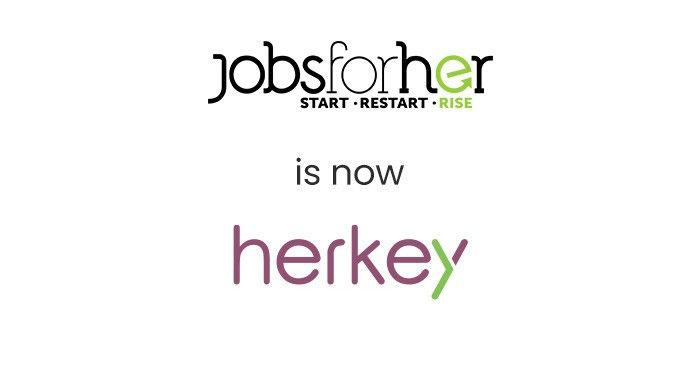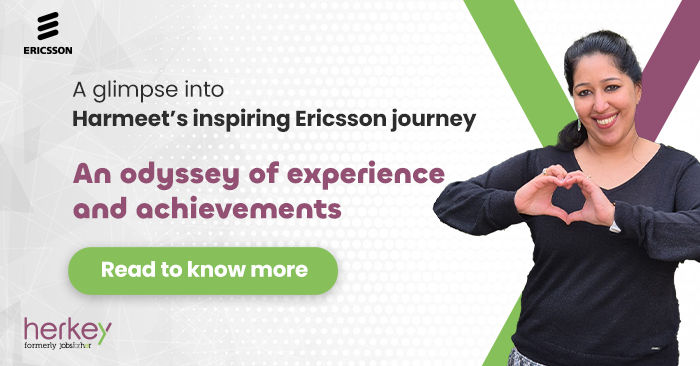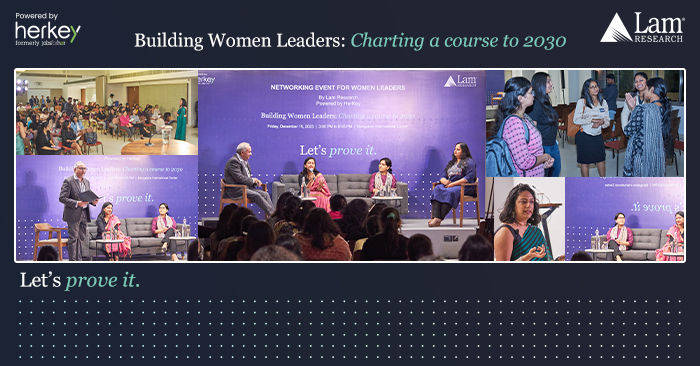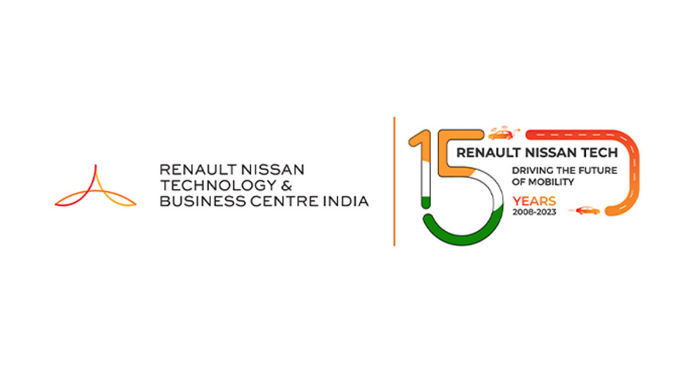How diverse and inclusive is your company?
- Priya Desai
- in
- Women-friendly Companies, Events, AccelHERate
- |
- 12 Feb 2019

Companies across the board, in India and around the world are realising the value of having a gender balanced workforce. Diversity across organisational hierarchies has been known to improve a company’s bottomline, and the proof is really in the pudding.
Does your organisation have a Diversity & Inclusion (D&I) policy in place? Do you assess your D&I regularly, in terms of what it has resulted in for your organisation?
It isn’t enough to just put diversity in place by hiring more women into your workforce.
Diversity is an ongoing process, constantly moving the needle forward. While increasing diversity in your workforce is the first step, it is always important to remember to keep asking the real questions AND answering them truthfully. What it looks like, is NOT more important than being honest about where your company is - your baseline in terms of female representation in your workforce.
Only when you know where you are, can you decide and plan for where you want to be.
What’s a good diversity goal?
It helps to have a number, as a target to achieve. It’s always easier to work towards a target, rather than scrambling around doing the best one can. So begin with this: how many women do you have in your workforce right now?
Calculate this as a percentage of your total workforce. And then think about what a better number is, for you and your company. Double? Triple? Consult with your senior management teams or core teams. Imbibe the true spirit of diversity by bringing your inner circle into the fold, so that it trickles down and across your organisation.
Once you’ve arrived at your target, you can plan how to go about meeting it. And the most logical first step, is to hire more women.
When your company starts hiring more women, it’s good to have a template in place to track your progress. How many women do you want to hire in the next quarter? The next 6 months? Over the next year?
After a year, you can look back at targets versus actual achievement, and work from there. Realigning and re-strategising may be needed, a year down the line.
There may also be some levels within your organisation that have lower diversity than others. In this instance, spread your diversity target across the organisational hierarchy accordingly. If your mid-management tier could use a boost in diversity, look at the openings in this tier and actively think about how to attract female talent at that level.
If there aren’t enough women at a particular level to begin with, there’s a reason for that. So what can you, as an organisation, do to solve for that?
At JobsForHer, we’ve worked hard to help more women enter, re-enter and improve the gender balance in the workforce. We’ve worked with 5000+ companies of all sizes, helping them to hire and place women in full time, part time and flexi-time roles.
We definitely didn’t stop there, and neither should you.
Beyond hiring more women
Over the past 4 years, JobsForHer has partnered with 500 mentors and 300+ reskilling service providers, going that extra mile beyond job placements to help women returnees equip and prepare themselves to re-enter the workforce.
In the same vein, it takes much more than hiring, to become a truly diverse organisation.
Retention and promotion is key to a diverse workforce that’s healthy and valuable. Simply hiring to improve diversity targets is not the solution - it’s only the means to an end.
Organisational policies that support women, particularly young mothers, go a long way in improving gender balance and female participation in the workforce. Onsite childcare, for example, or flexible working arrangements are just some of the mechanisms that help women to restart their careers AND stay there.
If your core work or business is amenable to uberisation, then consider templatising some of your work areas to accommodate for gig employees. These are usually people who work in project mode, for closed-ended assignments. It works well for companies that have short term projects or assignments that need to be completed, and also brings down overhead costs drastically.
In addition to retention, there’s also employee turnover.
When you set diversity goals for your organisation, it’s important to understand why women are leaving your organisation in the first place. So look at how many employees have left your organisation in the past quarter, or 6 months, or a year and then look at how many of those employees were women. This percentage can then be compared to your diversity target.
Can a woman do the job?
Gender biases are so implicit that we don’t even realise them. Often, it is simply assumed that women cannot or should not do certain jobs. For example, a female HR manager is told that she cannot go on a site visit to a remote factory location, even though it’s part of her job, because it was remote and there would be lots of male labour at the site. So it wasn’t safe for her to go, because she was a woman.
While concern over the safety of the employee is definitely to be appreciated of the company, it is wrong to assume that she could not do this part of the job for these reasons. It could have been reframed in a way that the employee was given the agency, cognizant of the risks involved in going on this site visit, to decide for herself whether or not she could go on the site visit.
Read more about gender bias here.
Similarly, many job descriptions use he or male pronouns by default. The inherent assumption here, is that the applicant will be male.
At JobsForHer, our mission is to unpack and undo these biases, and the adverse effects they have had over the years. It takes unlearning and re-learning, and it’s a team effort. So this Women’s Day, we’re expanding our commitment to accelerating women’s careers in India, by enabling women to start, restart and rise in their careers.
Our vision is to enable women in India to achieve their full potential. Only then can we come closer to our moonshot of having equal participation of women in the Indian workforce, in technology and in leadership roles.
Our mission is to help your company take that next step towards helping India achieve this. Do you have what it takes?
If so, join us in celebrating gender diversity in the workplace, at the DivHERsity Awards and AccelHERate 2019 in Bangalore.
References / related reading:
- Gender stereotypes and workplace bias




